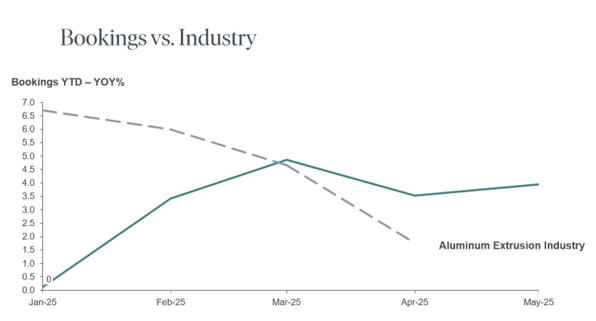The whole point of President Trump’s tariff policy is to reduce the trade deficit by shifting manufacturing from overseas to the U.S.
Even if the factories are built who will operate them?
https://www.nytimes.com/2025/06/23/business/factory-jobs-workers-trump.html
Why Factories Are Having Trouble Filling Nearly 400,000 Open Jobs
For every 20 positions, there’s one qualified candidate, says one manufacturing chief executive. Some of President Trump’s policies are likely to exacerbate the problem.
By Farah Stockman, The New York Times, June 23, 2025
President Trump’s pledge to revive American manufacturing is running into the stubborn obstacle of demographic reality.
The pool of blue-collar workers who are able and willing to perform tasks on a factory floor in the United States is shrinking. As baby boomers retire, few young people are lining up to take their place. About 400,000 manufacturing jobs are currently unfilled, according to the Bureau of Labor Statistics — a shortfall that will surely grow if companies are forced to rely less on manufacturing overseas and build more factories in the United States, experts say…
Many Americans aren’t interested in factory jobs because they often do not pay enough to lure workers away from service jobs that may have more flexible schedules or more comfortable working environments.
For some companies, remaining globally competitive involves the use of sophisticated equipment that requires employees to have extensive training and familiarity with software. And employers cannot simply hire people right out of high school without providing specialized training programs to bring them up to speed. That wasn’t the case in the heyday of American manufacturing…
With the rise of artificial intelligence, Mr. Gitlin said, demand has exploded for technicians to service data centers, which are built with cooling systems called chillers. He estimated that each data center would require four technicians to maintain a single chiller…[end quote]
In my early 30s I worked in the field of industrial water treatment. My job was to sell chemicals that prevented corrosion and scale buildup in boilers and chillers. I tested the water, inspected the equipment and monitored the operators who kept the chemical levels constant (in addition to operating the equipment). The equipment was large – a typical chiller might be a cylinder 20 feet long and 5 feet in diameter.
I worked in chemical, pharmaceutical, auto manufacturing, oil refinery and other manufacturing plants. The working environment was often noisy and dirty. These were union jobs and paid well but young people who are used to the clean environment of service jobs would not necessarily want them.
Demographics are going to be a pinch point…especially without immigrant labor.
Wendy

